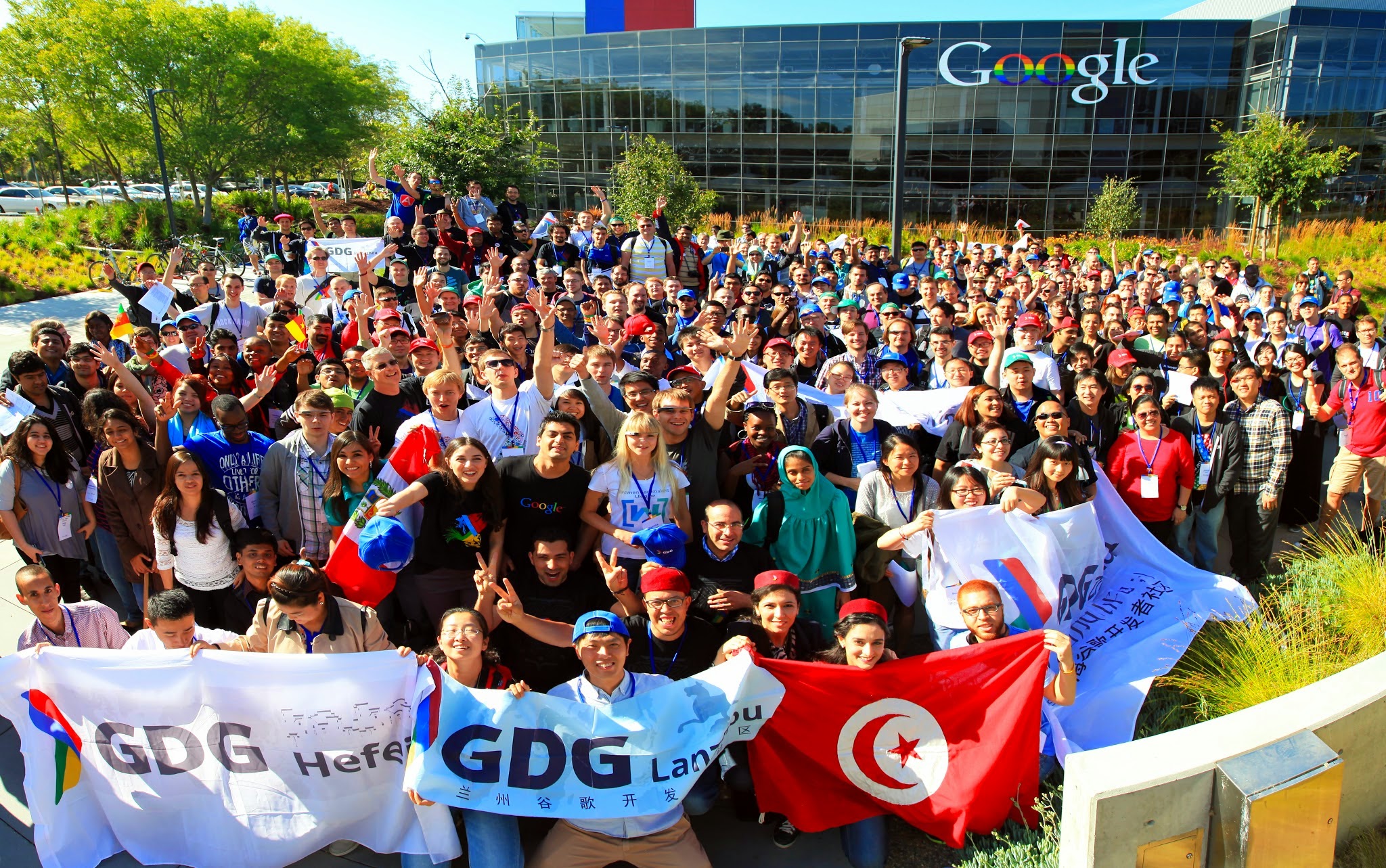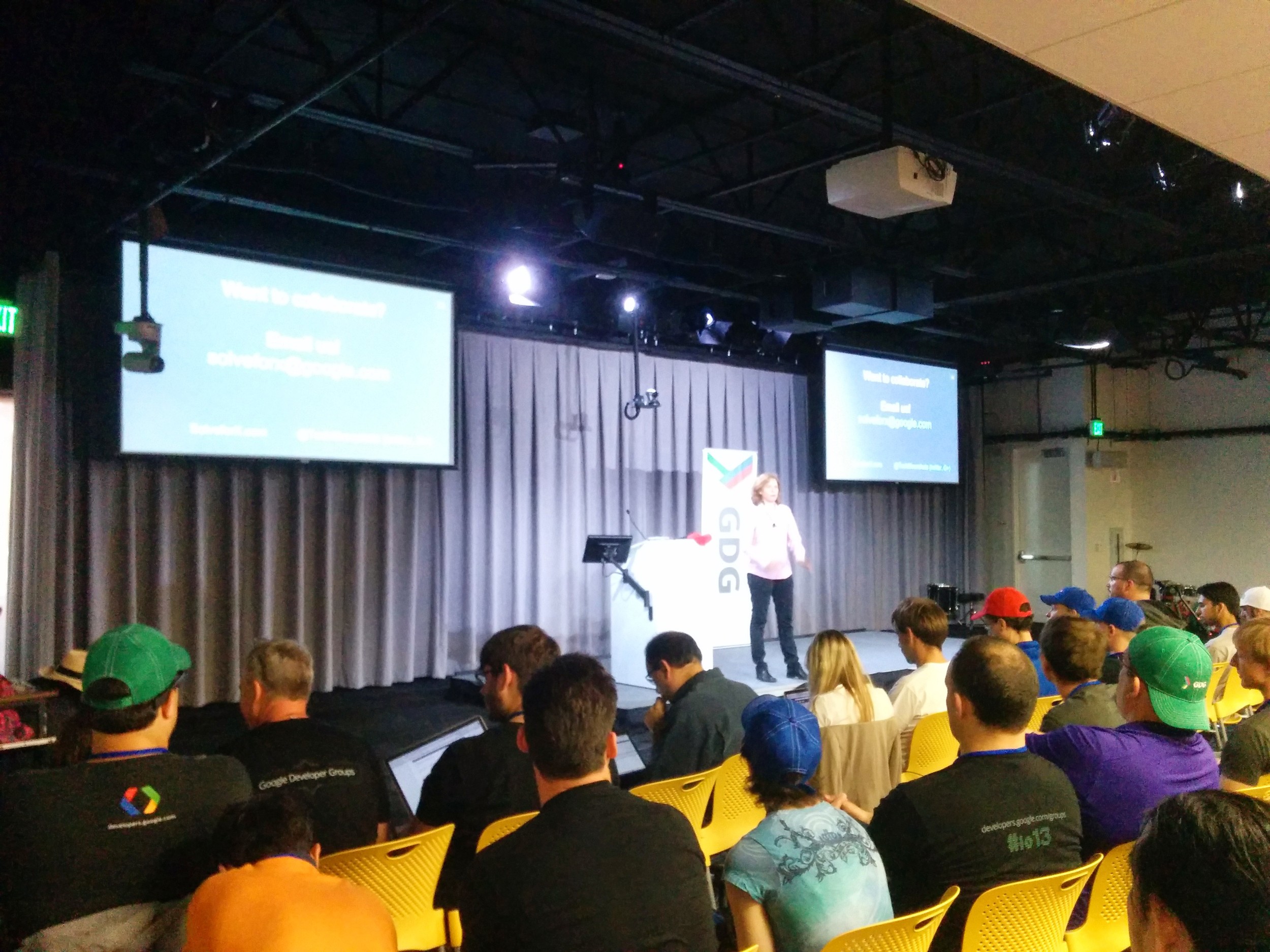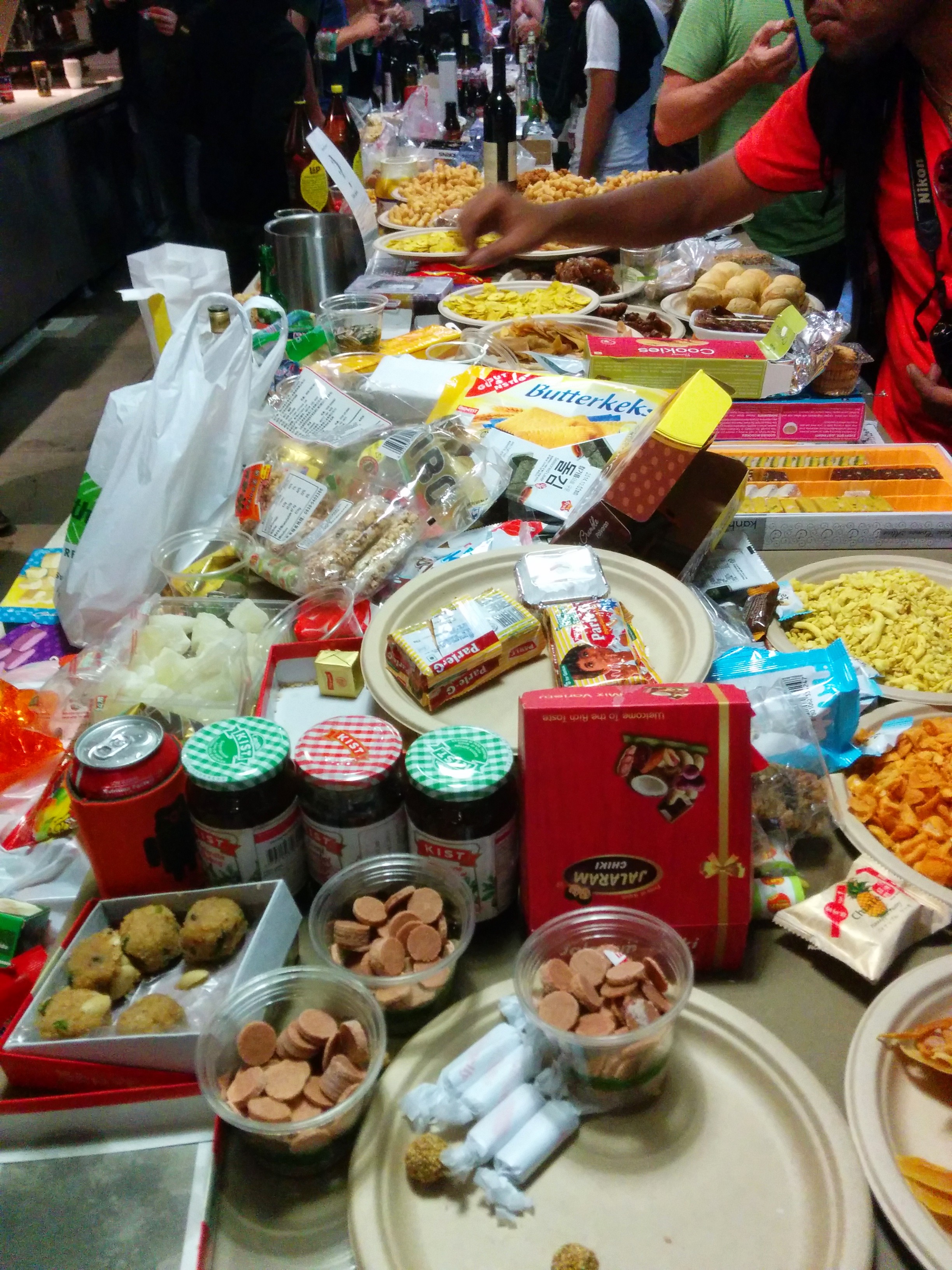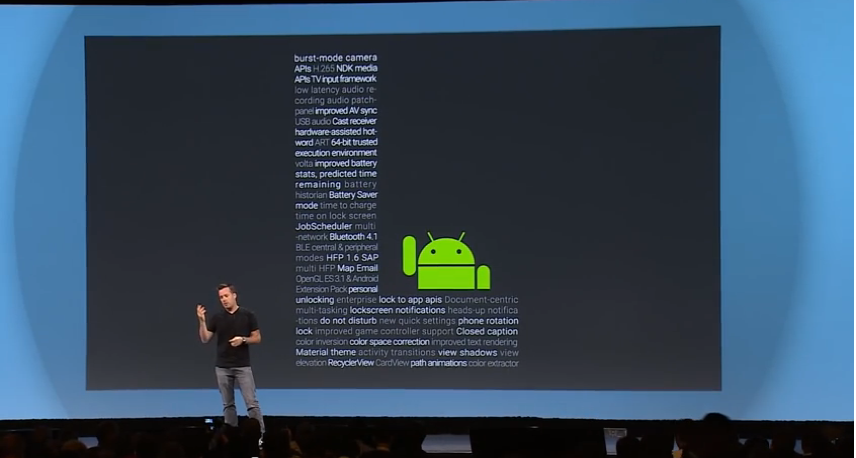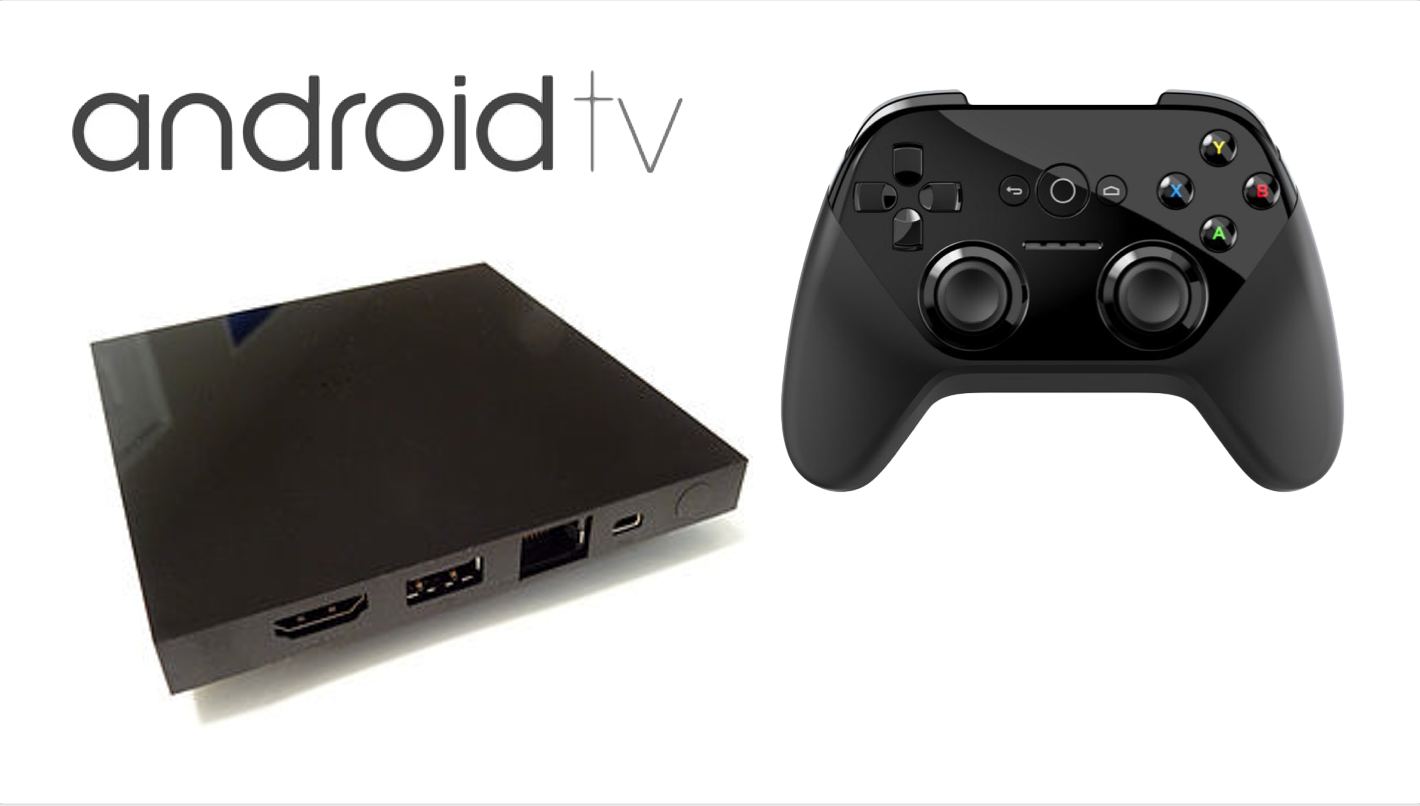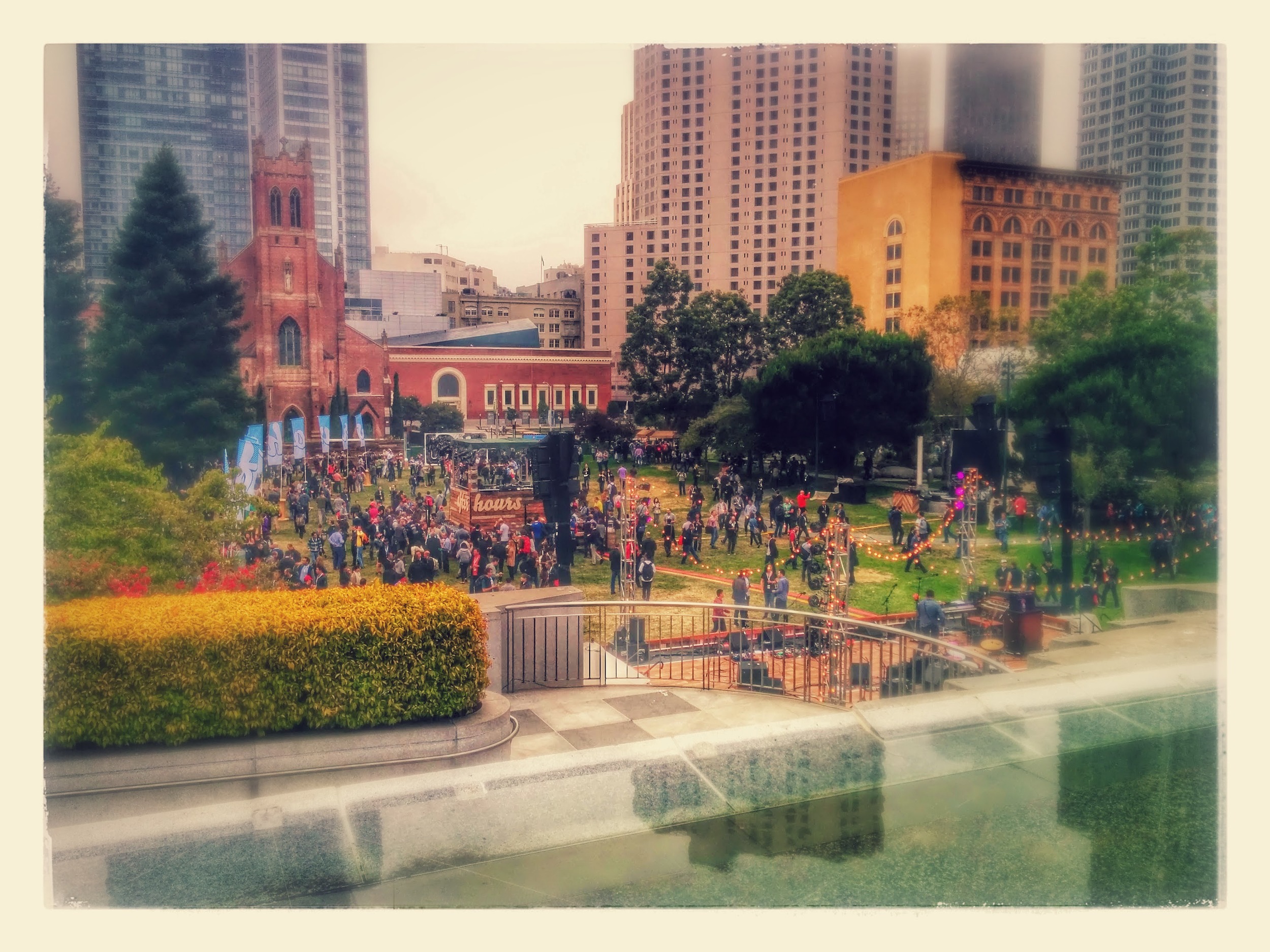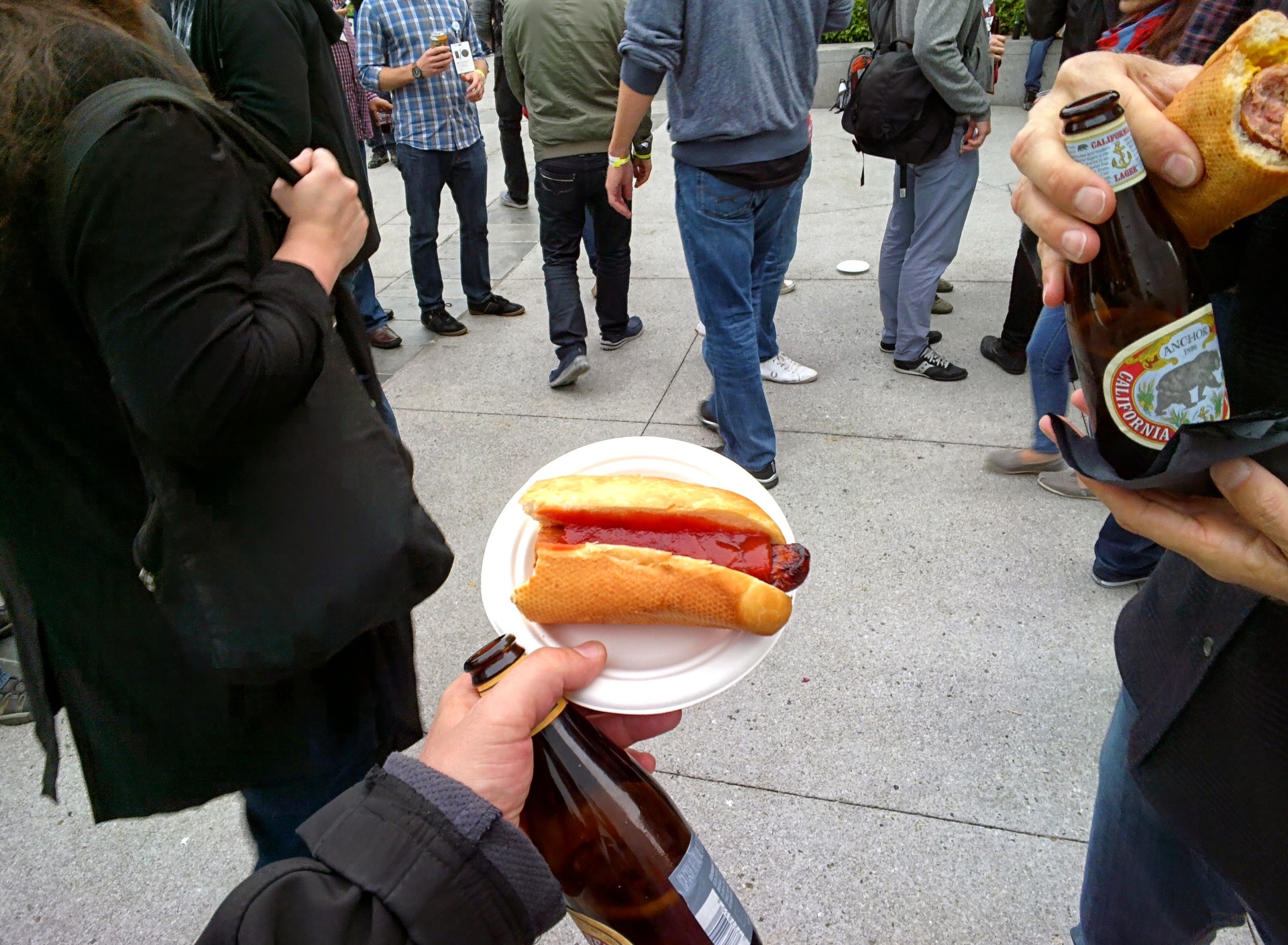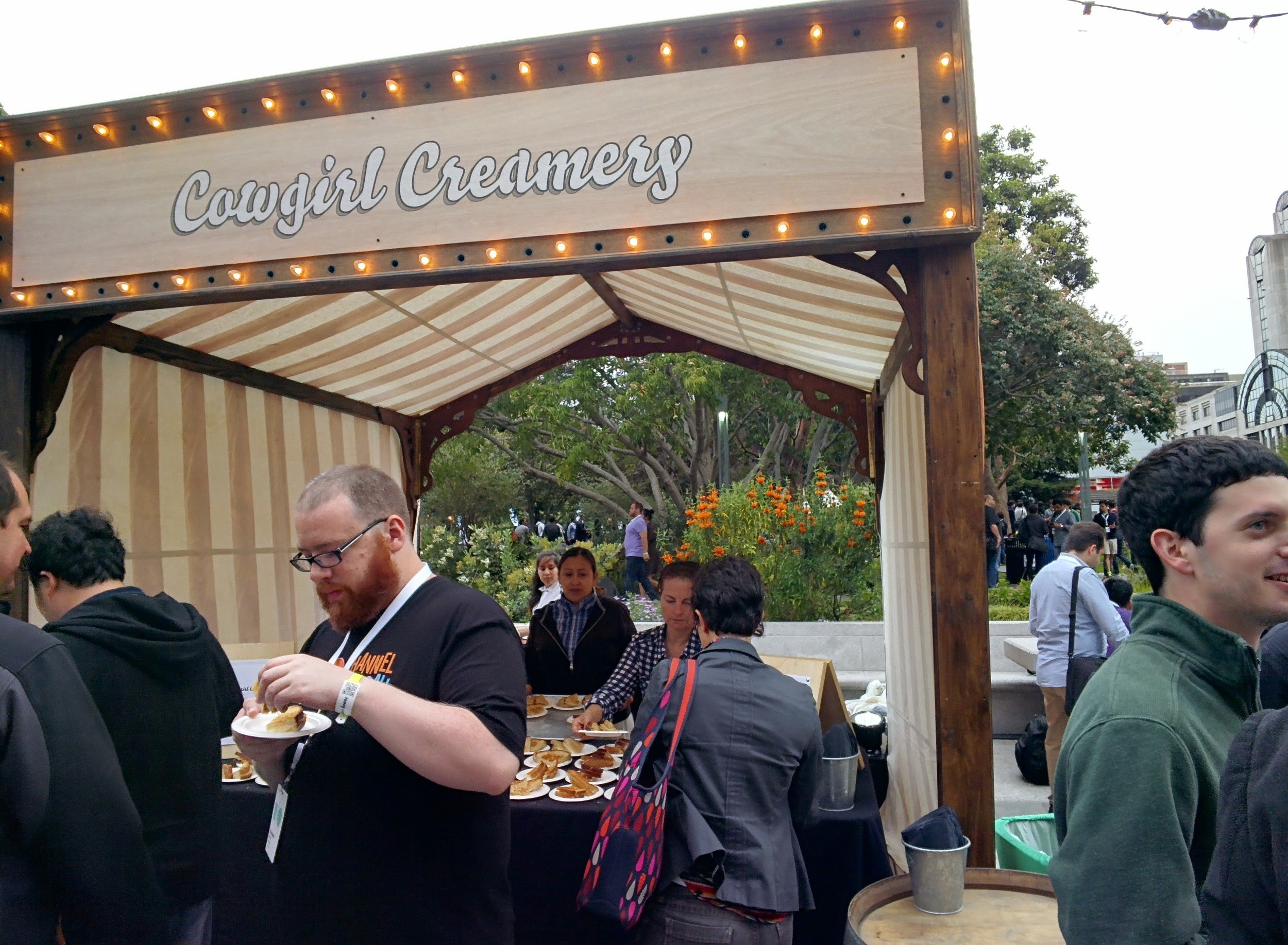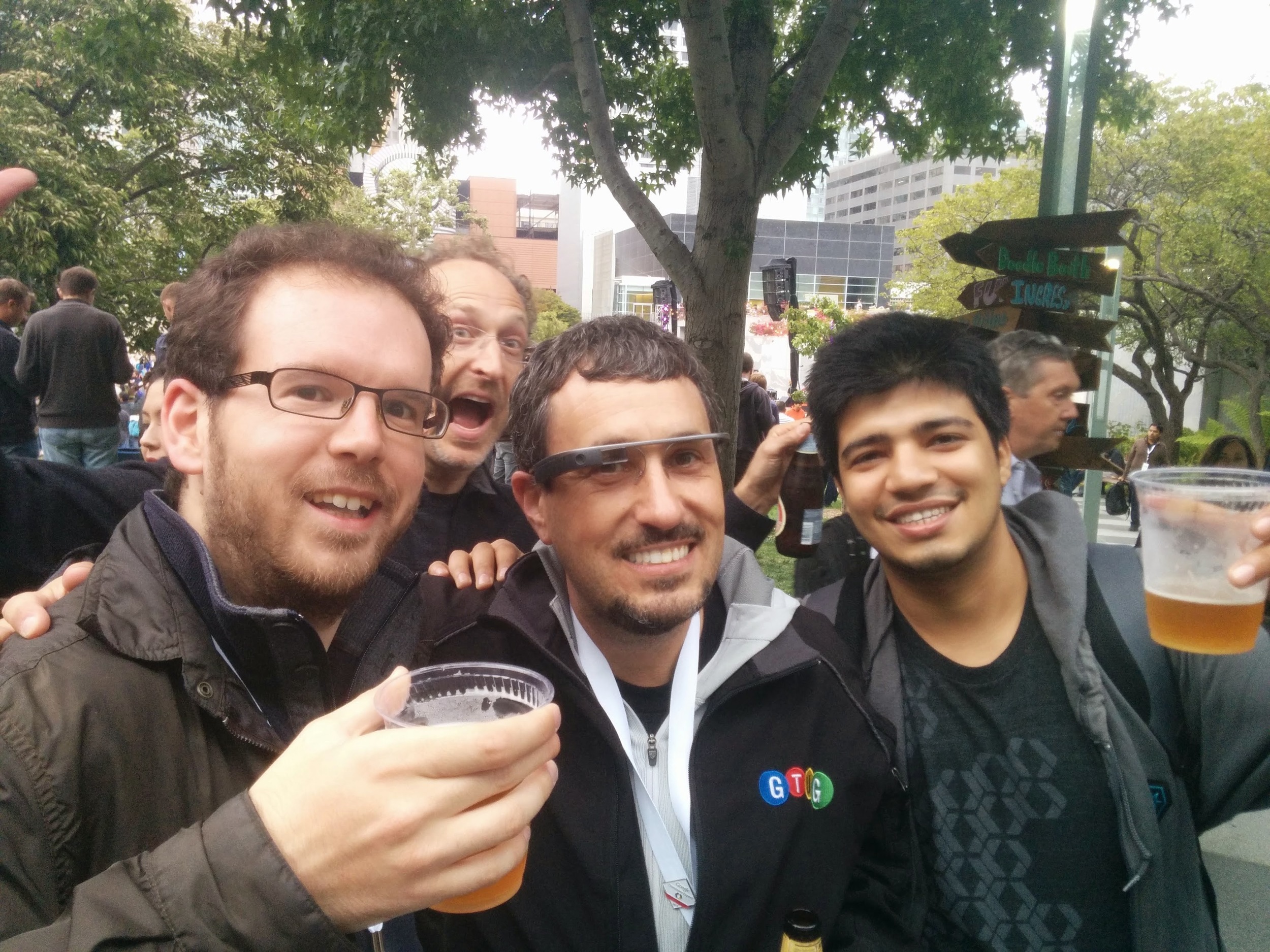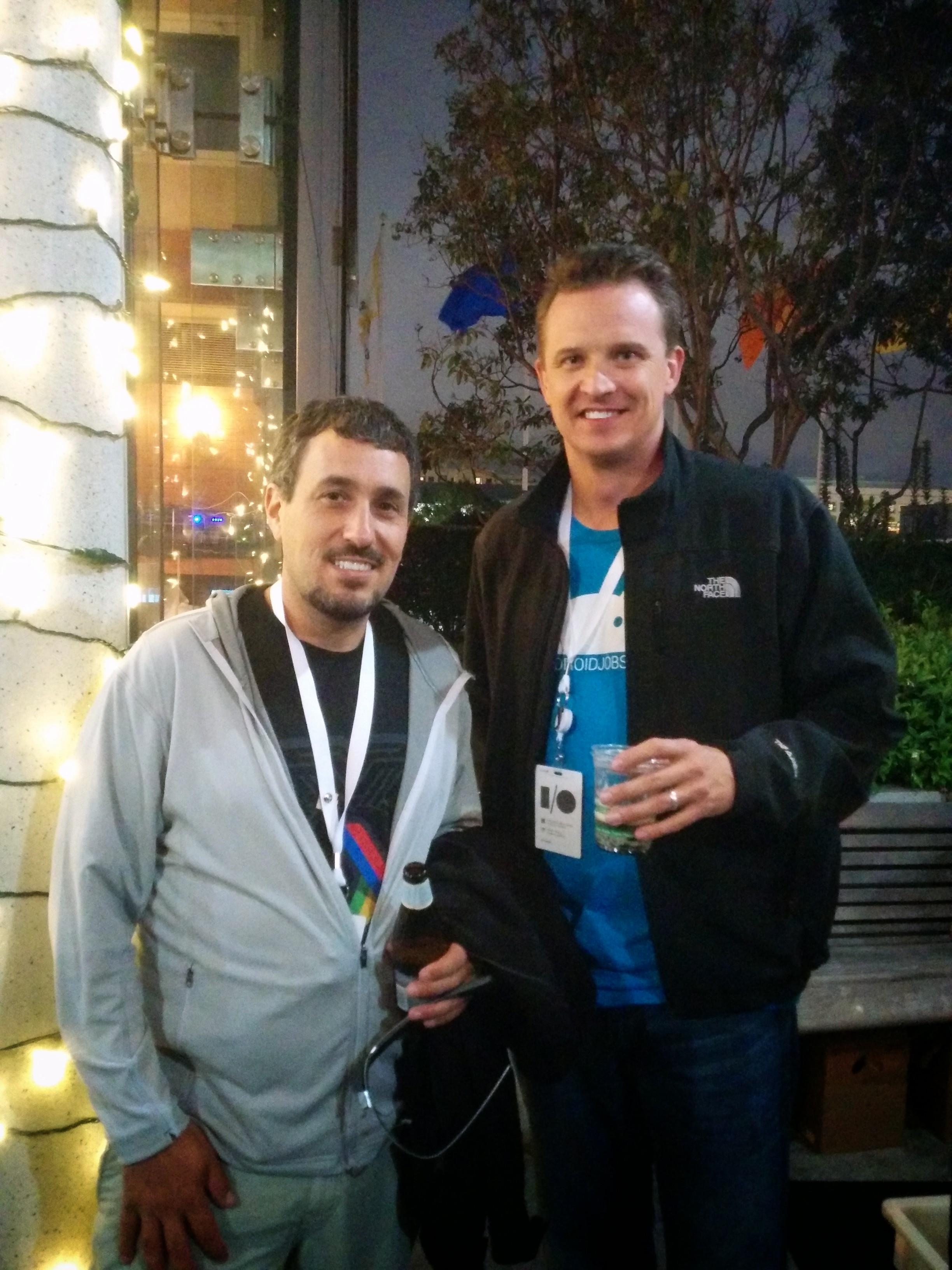9 things I learned at Google IO 2014
/I am giving an "Google IO Recap" talk at the Phoenix Mobile Meetup this week, and needed to organize some information about the conference. I have highlighted some of the most interesting things I saw, and included links to resources where you can learn more.
IO is a whirlwind of activity. It was nice to spend some time organizing my thoughts and reflecting on a great week.
Here are the things I learned:
#1 - Google Developers are Awesome
I already knew this, but it was fun to be reminded.
The GDG (Google Developer Group) is Huge
It is always a highlight to spend some time before the conference with other GDG Organizers at the annual world-wide summit held on the Googleplex in Mountain View.
I have been involved in the GDG for many years, and each year, we gather for a pre-IO summit at the Googleplex. It is always a highlight of the trip, and so much fun to interact with organizers from all over the world (there are representatives from hundreds of different countries).
This year, the pre-IO summit was huge. There were so many people, that it was hard to miss how large the program is becoming. It is great to see this valuable program growing. Kudos to the organizers of the summit for keeping the group focused - it is not easy to keep such a large group of individuals on track.
Have you joined your local GDG yet?! Pretty likely you will be able to find a group in your area.
Diversity is welcome
The ticket lottery system was so much better this year, and it seemed to be reflected in the diversity of people in attendance. They announced that female attendance was up to 20% from 8% last year. It seemed like there were more international attendees this year as well (although I don't have stats to back that up).
#2 - Android is Big
1 Billion - 30 Day Active Users
This is a new metric they were touting during the keynote (they previously used numbers related to installations). Statistics can tell whatever story you want. This is an exciting one:
- There are a lot of people actually using Android
- Sundar Pichai said "We are working on the next 5 Billion"
-20B Text Messages
-93M Selfies
-1.5T Steps
-100B Phones checked per day (* more on this later)
What is next for Android
During the keynote Sundar Pachai specifically called out the following areas where Android is going. These make sense, and are consistent with the other announcements.
- Context Aware
- Voice interactions
- Seemless transitions between devices
- Mobile 1st
#3 - L is for Lovers
L Developer Preview
For the first time ever, that the SDK was released early for developers. They didn't commit to a production release date (just "in the fall"). I expect new 'L' devices in time for the holidays.
Using the name 'L' sounds very unfinished to me. I am sure there was much debate about what to call this (and begin the speculation now about what it will be called - Lollypop? Licorice? Lemondrop?). This is a developer release - I need to get used to it being not done (or named).
Factory images, SDK Downloads, and information available here
There is a lot in the L release ("our biggest release in years"). I couldn't possibly list all the differences, but Android Police can, and did in their 'All The Things (Android L)' post.
A few of the announced updates I find particularly interesting:
- Cloud Save - APIs to easily store data across devices
- Camera APIs - allows access to all settings
- Job Scheduler - schedule tasks to happen at certain times
- Enterprise Security - integration of Samsungs Knox being a big piece of this
You can't spell Performance without L
I was never really good at spelling. You get the idea.
A big part of the L release will be performance improvements and enhancements. In general, this really shouldn't effect most developers, so it great news - improved performance, and no code changes.
- The ART run-time will replace Dalvik
- Mix of AOT, JIT, and interpreted compilation
- Cross platform (MIPS, x86, AMD)
- Updates to garbage collection (to reduce duration and frequency of pause events)
- Support for 64 bit OS
- GPU improvements (which will be needed with all the 'Material' animations)
- All new Battery profiling framework - Project Volta
#4 - Material is beautiful
A new design language for Android and the Web was introduced. This was a big deal, and likely one of the bigger announcements at IO. This is clearly something they spent a lot of time on, and hope to get developers interested in. This is not a return to skeuomorphism, but a new design language focusing on using views to represent real items in space. The demos make it look really great.
Developers can now specify an elevation value, and the framework will apply lighting and shadowing automatically. So, in addition to positioning your element along the X and Y axis' you can also specify a Z value.
There are lots of nuanced details, and an entire aesthetic around the new 'Material':
- Objects are reshaped and morph into different objects
- Views and Buttons have live shading and lighting (elevation)
- Animated transitions between Views and Activities
- Animations on touch feedback
- Color and styling can be applied to system elements
The design reel illustrates the concepts pretty well (and has a pretty snappy soundtrack)
If you would like to learn more about the concepts behind the design, and understand the motivations behind their choices, watch the IO session Material Design: Structure and Components (presented by Rich Fulcher and other members of the design team). It does a great job of describing each concept of the new design (elevation, Activity transitions, FAB - Featured Action Button, grid usage, and much more).
Want to learn about developing for Material on Android? Chet Haase and Romain Guy (whose presentations are always entertaining and informative) did a great talk titled: "Material witness: How Android material applications work"
The Web has Material Too
The new design metaphor is intended to span across all Google properties, and into the web. It is clear that this design is intended to unify Google products across all mediums.
There was quite a bit of time spent during the keynote, and during some the sessions describing how the 'Material Design' metaphor will work in the web. It is clear this is they intend to use for all their products internally, and they are hoping the development community will use them too.
The Polymer website, is implemented in Material design and has some great examples of the interactive elements in use. It is a great showcase for the design metaphor, and of course a great resource for details on how to actually use them on your own websites.
"Between the L Preview, and Polymer, you can bring the same rich, fluid material design to every screen" - Matias Duarte
#5 "Users are living in a multi-screen world"
The quote above is from Sundar Pichai during the keynote. This clearly states that Android wants to be on all your screens. The promise is that developers will be able to use the same code, with minor modifications to target them all (a single APK should work in each of these environments).
Remote devices are just display screens - the Android device is still the hub, and the main computation/communication resource.
- Android Wear - Watches AND Glass
- Android Auto - Automobiles
- Android TV - Televisions
Android Wear
It was not a surprise when they announced their next entry into the wearable space - a wristwatch.
Each developer in attendance was given the promise of a Moto 360 (to be shipped at a later date), and the choice between 2 watches which are available now. Both of these watches are currently available for purchase to the public:
- Samsung Gear Live ($199 USD)
- Pros - prettier design (if the curved shape fits your wrist), has a heart-rate monitor (which only works when you are basically motionless)
- Cons - potential design flaw in charger
- LG G Watch ($229 USD)
- Pros - dock design for charger
- Cons - pretty simple design; slightly higher price
Between the 2, I would have to recommend the LG. Both devices are pretty similar, particularly regarding overall experience (it is worth noting, that Google is not letting manufactures skin these devices, or any of their new Android screens).
Two good reviews (with purchase advice):
- 'Android Wear: Nice to have, but not a must-have yet' - by Kevin Tofel on Gigaohm
- 'One week with the LG Watch' - by Ivan Yudhi on G+
Developer resources
The development for Android Wear has been pretty active so far.
There are a ton of great resources for creating apps which have all been compiled into a single post. It contains links to information on design, development, testing and deployment for Wear apps, and is available on G+ here: 'Wearables at Google IO'.
Android Auto
This wasn't a big surprise, but they did announce their new extensions targeting the automobile platform. They announced 40 new members to the "Open Automotive Alliance" group, and that cars with this technology will be shipping before the end of the year.
The Android Auto screen itself will not do much (your phone is required to be plugged into USB for everything to work), so this minimizes worries about device obsolescence (which is a concern when the device is mounted inside your dashboard).
They will focus on three types of Apps:
- Messaging
- Audio
- Navigation (* it wasn't clear if this category was available to 3rd party devs)
There were huge lines (as seen in the background) for the opportunity to sit in the demo cars. They were taking appointments to wait in line to sit in the car - and I opted to use my time in other pursuits (will have to order a new Audi or Mercedes so I can try this).
Android TV
This is not a new platform, but yet another extension of the Android ecosystem. The promise is that developers can easily extend their existing apps using the standard SDK, and won't need to make changes specific to support TV.
A new ‘leanback’ support library that will allow developers to design for simpler living room apps and console-style games.
Some important things:
- All next gen Phillips and Sony TVs will support Android TV (and other manufacturers)
- No set-top devices announced (but hinted they will also be available)
- Support for Gaming devices is built in (meaning gaming will be a focus)
- Will support 'Googlecast' (this is the new name what a 'Chromecast' device does)
- Content forward is the metaphor they are presenting
There is no consumer device available for purchase. There was a developer device named ADT-1 given to each of the attendees who went the deep dive session. If you weren't in that session (or at IO for that matter) they are making some additional devices available from the development website. It is worth checking out if you have a great TV related app, and would like a device to test with.
There are many sources to learn more:
- The official documentation
- This great article on Nvidia's website (Android TV Developer Guide) with detailed instructions for getting started
ADT-1 Device - comes with a game controller, and NOT a traditional remote
#6 - Android Studio is In Beta
Ittttttttt's Time!!!!! I am not sure how excited I should really be about a product entering Beta, but it is a milestone - and a clear indication that it is time to switch from Eclipse.
There are lots of questions about which IDE to use for Android development. While I think the answer still isn't crystal clear, I do think it's time to start using Android Studio. The tools team considers moving to Beta a significant step, and are promising a more stable platform. There will still be some hiccups for sure, but I think it is clear that most people need to start thinking about using Studio.
I personally have a great deal of experience with Eclipse (I did write a book on the subject), and would probably rather just stick with what I know. However, it is clear that the path forward is Android Studio, so have started to make my transition. It hasn't been a particularly smooth transition (insert joke about teaching an old dog new tricks). I really have enjoyed the recent posts from Kirill Grouchnikov - as I know I am not alone in my challenges (maybe another old dog).
Donn Felker has some great resources about getting started with Android Studio, that I have found useful.
#7 Cardboard is surprising
At the end of the keynote, during the giveaways, there was one last thing mentioned. It wasa giveaway of something that a few Googlers worked on during their 20% time. They didn't say exactly what it was, but it came in perforated cardboard container, and they would hand them out at the exits.
I was surprised to learn the container WAS the giveaway.
When unfolded (and an compatible Android phone is added), the cardboard becomes a fully operational VR headset. There is a magnet on the side that interacts with the phone to provide controls.
Not surprising (because this IS Google), the entire thing is open source, and there is an SDK.
- Available from the Cardboard main site
- Not surprisingly, there are already a few sources for third-party Cardboard (available to purchase for around $30 with everything you need)
It works surprisingly great, and out of the box (pun intended I guess), it does the following things:
- Earth: Fly around 3D rendered landscapes in Google Earth (didn't work great for me).
- Tour Guide:Look around different rooms at the Palace of Versailles as a local guide describes each one.
- YouTube: Watch popular YouTube videos on a massive screen in a simulated theater. Look around in 360 degrees to find other videos to watch.
- Exhibit: Examine cultural artifacts from every angle. Currently there are a half-dozen African masks to examine.
- Photo Sphere: Look around from inside the photo spheres you've captured.
- Street Vue: Drive through Paris on a summer day. Stop and look around.
- Windy Day: Follow the story (and the hat) in this interactive animated short from Spotlight Stories (this is the same 3D interactive game first shown as a Easter egg on Moto X devices)
Side Note: Pretty sure the Googlers with 20% time were in Paris based on the demos ;-).
"Boxed" and assembled Google Cardboard
#8 IO is fun
The best part about this event, is the opportunity to network and talk with the most talented and passionate people in the world. I am always energized by the great people I am encounter.
Chance encounters happen
One of these chance meetings ended with the favorite piece of swag I took home from the conference. By chance, I happened to be in the GDG lounge when the 'Maker Meetup' was happening. There were not very many people in the meetup, so Martin Omander (being the consummate community builder he is) dragged me into the meeting to increase the numbers. One of the makers (Ronald van der Lingen) was showing off his 3-D printed Google Glass case - and had extras he had already printed. I really wanted a hard case for my Glass, but couldn't stomach the $80 they want for official one. My new case is so much more awesome than anything I could have bought at a Glass store (super protective, smaller, and 'Made') . Of course if you have a 3-D printer, the plans are available (published under Creative Commons) so you could create your own.
Android GDE Encounters
You never know who you will run into at the sessions. I tended to sit front rows for most of the Android sessions, as did many of the other Android GDEs (I guess we are all cut from the same cloth in some ways). There were a few chance encounters in these sessions, and it was quite fun. This was my first year at IO as an Android GDE, so this was extra fun.
With Eyal Lezmy and Cyrril Mottier
With Chiuki Chan - photo-bombed by some weirdo (Benjamin Weiss).
All About Android on the TWiT network
One of the biggest highlights of my IO week is being on the All About Android show (this is the 3rd year in a row I have been on the pre-IO show).
The studio in Petaluma, CA is a special place (it is a tech vortex of the world, with a very special energy and dynamic). It is a cute town, and the studio is nice to visit. They welcome visitors to watch many of their shows live.
The fun thing about doing the show on this particular night, is that all the hosts are live. Having 4 people live in studio, and around the same table creates a very fun dynamic. We were pretty verbose (the show is pretty long, we talked for almost 2 hours).
I am thankful the TWiT guys continue to have me back, it is always a great experience for me.
Parties
After Hours
The after party was quite a bit different this year. Instead of being in the Moscone center, they had an outdoor event in the local Yerba Gardens Park. It was a welcome change and a nice event. It was much easier to party (meaning get beer, food, or actually talk to people).
The food was quite unique as well. Instead of steam-table hotel food, they brought in local food vendors to setup Food Truck style vending booths. Some of the highlights for me included great dim sum, blueberry pie ice cream, a decadent Smore treat, and an incredible hot dog (from 4505 Meats). There was some sort of Beer and Bacon combo that seemed to garner a lot of praise, but I wasn't able to snag one before they ran out.
Attending IO is tiring! By the end of the day, my energy is sapped. I did get a chance to attend a few other parties.
Great giveaway at the "Big Android Meat and Greet". Delicious pulled pork sliders as well!
We got there early (and left early). It got packed fast (sold out few times over).
Great Job!
Drinks and food from Yahoo, free.
The chance to discuss open-source with "JBQ" (Jean-Baptiste Quéru), priceless.
Incredible opportunity to brush up for my Oscon Panel on open-source next week.
#9 I could do this every day
Although my brain would explode quickly, I wish I could hang out at IO all year. The chance to engage with like minded developers, and learn is really fun. I meet smart and interesting people at every GDG event I attend (and they happen every month).
If you haven't engaged with your local community, now is the time!
Until next year...
